by Dr. Adam B. Cobb, Soil Food Web School Content Development & Science Editor
You’ll Be Charmed By These Magnificent Mycorrhizal Fungi
Mycology is a field whose time has arrived! Every day, we discover how fungi shape our world and support our lives. In particular, the special relationships between plants and mycorrhizal fungi demonstrate the inherent power of symbiosis (see Figure 1). If we leverage that power, we can help restore our broken soils, regenerate our planet, and nourish our society.
This love story began around 450 million years ago, according to paleoecology research. Around this time, plants left aquatic ecosystems to colonize land, but they faced a huge problem. The soils they encountered were relatively harsh and lifeless, so finding adequate nutrients was challenging. The solution – a partnership (dare I say romance?) with humble but amazing fungi. These fungal partners facilitated the success of their host plants in a harsh landscape. A few million years of evolution and mycorrhizal fungi can be found in almost every terrestrial ecosystem, still living with (and madly in love with) their plant partners.
Mycorrhizal fungi were naturally ‘ubiquitous and abundant’ on Earth, meaning they historically lived almost everywhere, and our soils, especially in grasslands, were teeming with fungal biomass. Mycorrhizal fungi are biologically diverse, separating into several unique groups/types, and new species are being discovered all the time. Exotic examples of mycorrhizal relationships involve orchids, ericoides, and other unique plants (a delicious example of an ericoid is blueberries). The two most widespread types are ectomycorrhizal fungi (with thousands of taxa that primarily partner with trees) and endomycorrhizal fungi (with fewer and more genetically similar taxa that primarily partner with grasses and forbs).
Unleashing the regenerative potential of fungal partners
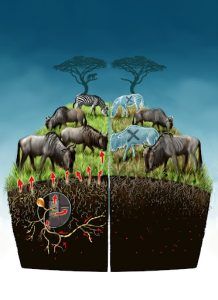
Figure 2 – The Serengeti with abundant endomycorrhizal (left) and, hypothetically without (right). Illustration courtesy of Dr. Bo Maxwell Stevens.
Beyond the joy of knowing these amazing organisms, why should we care? Because they are so beneficial to the plants and soils all around us. In fact, they may help us prevent and reverse climate change. Several decades of research has revealed the character of these fungi, and how their collaborative style fills our world with bountiful biomass. Do you enjoy seeing plants in your garden or farm? How about in your favorite parks, forests, and grasslands? Time to thank your local mycorrhizal fungi, as they facilitate the emergence of almost everything!
See Figure 2 — on the left, ubiquitous and abundant mycorrhizal fungi are estimated to nearly double the productivity of plants and herbivores. Compare this, on the right, to a hypothetical ecosystem without mycorrhizal fungi. This illustration is courtesy of Dr. Bo Maxwell Stevens, whose research in the Serengeti highlights contributions of endomycorrhizal (arbuscular mycorrhizal; AM) fungi to grassland productivity.
Take home message: mycorrhizal fungi are fantastic friends to plants, animals, and humans. So, let’s open our hearts to these noble soil allies.
It’s Easy to Confuse Ecto- and Endomycorrhizal Fungi
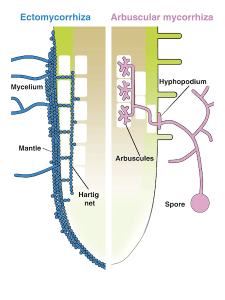
Figure 3 – Bonfonte & Genre (2010), CC by 2.0
Figure 3 illustrates root colonization in ectomycorrhizal (blue) and endomycorrhizal (pink) symbioses.
Ectomycorrhizal fungi are evolutionarily younger, classified as basidiomycota and ascomycota, associate mainly with trees (pines are a great example of a ectomycorrhizal host plant), and can promote cooperation in complex multi-species ecological networks. Highlighted ectomycorrhizal researcher: Dr. Suzanne Simard
Endomycorrhizal fungi are more evolutionarily distinct but widespread, classified as glomeromycota, associate with 70-90% of land plant species, and are completely dependent on their hosts for energy (typically in the form of sugars and lipids). Endomycorrhizal fungi are also often called arbuscular mycorrhizal (AM) or vesicular-arbuscular mycorrhizal (VAM) fungi in scientific publications. (Highlighted endomycorrhizal researcher: Dr. V. Bala Chaudhary.)
Let’s Focus on Endomycorrhizal Fungi…
From here forward, we’ll primarily discuss endomycorrhizal (arbuscular mycorrhizal, or AM) fungi, because they are pervasive partners with the majority of agricultural plant species.
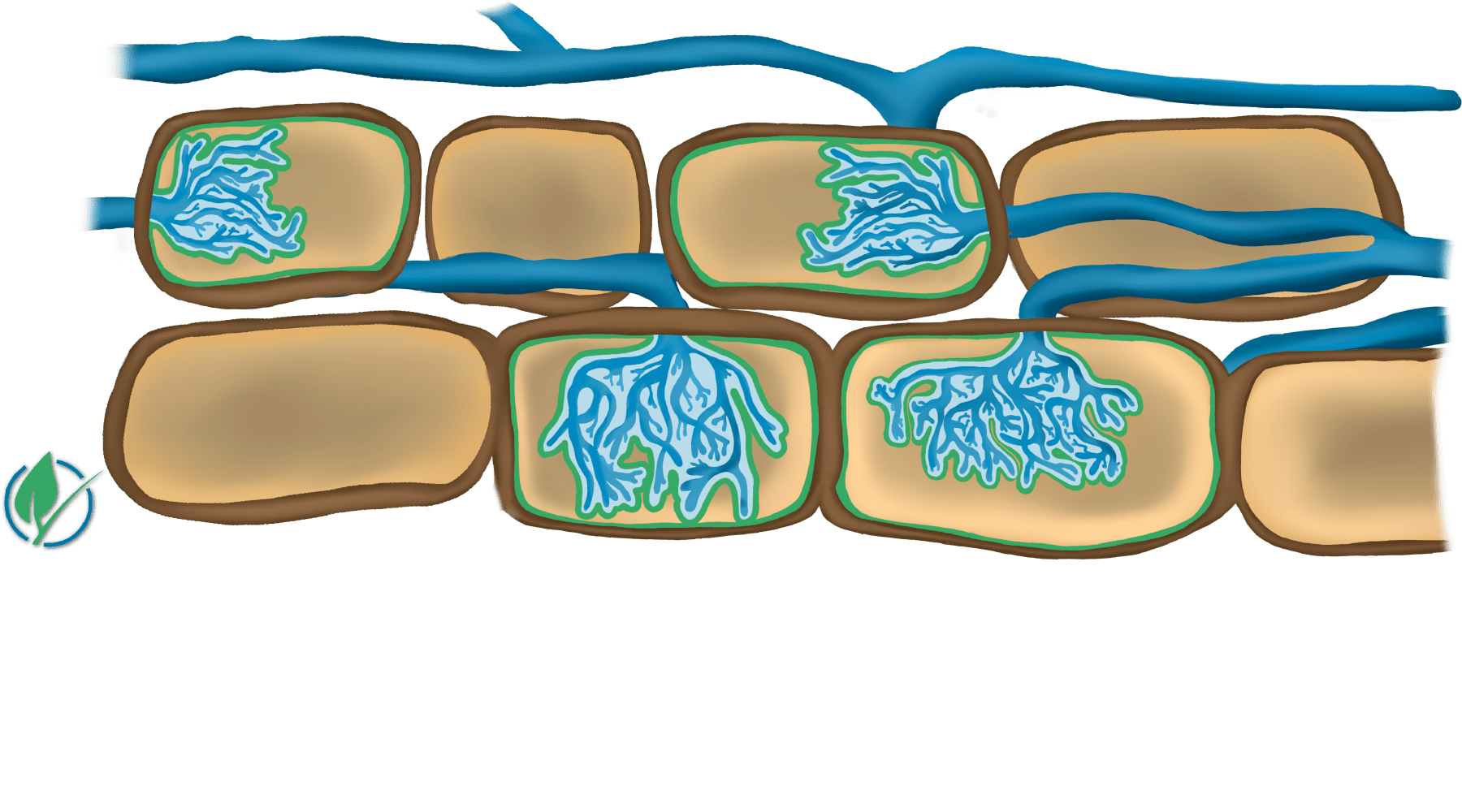
Figure 4 – Illustration of arbuscules in plant root cells. Copyright @ 2022 by Soil Foodweb School LLC.
What’s an arbuscule?
A site of cooperative nutrient exchange. One of the key features of arbuscular (endo)mycorrhizal fungi are the nutrient exchange sites that form between fungal organisms and their host plant. This is a complicated and intricate chemical and physical ‘embrace’ taking place between plant and fungal partners. In fact, the host plant and fungi mingle so intimately that they become a ‘holobiont,’ or community of organisms that act like a united entity. Due to a complex dialogue of chemical signals, the plant changes its cellular structure to receive its fungal partner, and the fungus forms an arbuscule (small tree-like structure) inside plant root cells (Figure 4). We also have evidence that specific plant and mycorrhizal species become more familiar with each other over time, so benefits to both partners are greatest in long term evolutionary relationships.
While plant and fungal cells do not entirely merge, only a thin space remains between their membranes. With special materials and equipment, we can observe AM fungi colonizing plant roots and forming arbuscules, allowing nutrient exchange to occur between partners and benefiting the entire holobiont (community of associated organisms).
In a soil ecosystem, plants often partner with many varieties (taxa) of AM fungi simultaneously, and hosts actually reward partners that provide resources (such as phosphorus, ammonium, or zinc) that are often limiting to plant growth. Unlike ectomycorrhizal fungi that form fruiting bodies (mushrooms) aboveground, AM fungal spore formation takes place beneath the surface.
Reproductive genetics of AM fungal spores are a bit mysterious. These spores represent a longer-term strategy for AM fungi to persist, multiply, and evolve. Because AM fungi are clonal organisms, we consider them asexual. However, there’s evidence for genetic recombination, so we don’t understand all the juicy details of their personal lives. We do know spores are formed directly from the hyphal network, and each spore contains hundreds of nuclei potentially from multiple individuals found in that hyphal network. As a result, researchers observe substantial differences in offspring, compared to parent organisms.
Let’s talk about hyphae! Reaching out from the roots
After forming a strong link with their host plant, AM fungi join hands with each other and spread through the soil to create a hyphal network capable of connecting different plant species. This network extends out from the rhizosphere into the larger soil environment, increasing the physical reach of the holobiont so a greater volume of soil is explored for nutrients and water.
The hyphal network works like a smaller rhizosphere (it is sometimes called the hyphosphere), creating conditions that attract and maintain a robust population of beneficial bacteria and other soil food web organisms. Because host plants supply carbon in trade for resources from the fungi, both partners gain from the exchange, and the entire soil ecosystem thrives. In fact, we can observe the formation of vesicles along the hyphal network filled with carbon reserves, like tiny potatoes or small bank accounts, made with surplus ‘payments’ that AM fungi received from plant partners.
AM symbioses are especially important for efficient crop phosphorus uptake and the future of global food security. Phosphorus is an increasingly expensive and limited agricultural input, and most chemically-intensive food production systems depend on substantial phosphorus to achieve crop yields. But most of the world’s phosphorus reserves are found in one country (Morocco), and due to rampant inefficiencies, industrial food production faces a looming crisis as global phosphorus reserves are depleted.
Entangled living. Partners for plant growth and soil regeneration
AM fungi are hungry for carbon (in the form of sugars and lipids) acquired from their host plants. That means there’s a cost when the plant partner hosts AM fungi, but the benefits provided by fungal partners typically outweigh plant carbon payments. When we set up experiments where mycorrhizal host plants are grown with their fungal partners, many wild and agricultural species grow much larger than plants missing their fungal partners.
Shown in Figure 5, Sorghum bicolor was grown with AM fungi (left) or without AM fungi (right) in consistent environmental conditions. In this experiment a range of host plant mycorrhizal growth responses from approximately 50-900% were observed (unpublished data; research supported by the Post-Doctoral Fellowship Program, [project no. OKL03144 / project accession no. 1019172], from USDA, National Institute of Food and Agriculture.
In addition to their direct benefits for host plants, AM fungi can help us solve our global phosphorus shortage and help restore soil ecosystems at the same time! As they reach out from the roots, AM fungal hyphae entangle soil particles. This develops structure, aeration, and carbon storage in the soil. As we know, good soil structure is one of the most important features of a thriving soil food web. Soil environments with ample air and water infiltration encourage the growth and reproduction of beneficial microorganisms, instead of pathogenic microorganisms that harm plants.
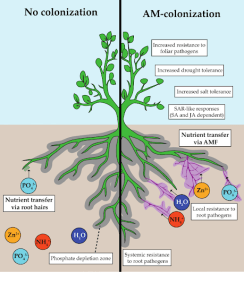
Figure 6 – Key benefits of AM fungal root colonization. Illustration by Jacott et al. (2017). CC BY 4.0
Figure 6 illustrates the key benefits of AM fungal root colonization. The hyphal network of AM fungi (lavender areas) extends beyond the root depletion zone (gray areas), accessing a greater volume of soil in search of nutrients and water. Nutrients provided to host-plants include phosphorus, nitrogen (ammonium), and zinc. Plant benefits from colonization also include greater access to soil moisture and greater tolerance to multiple environmental stressors.
Sharing the love
We’re only beginning to understand how to unleash the symbiotic potential of AM fungi in our agroecosystems. The exciting reality is that the same regenerative methods we encourage at the Soil Food Web School are compatible with encouraging the biomass and benefits of AM fungi in most cropping and grassland systems. We’ve focused on AM fungi in this blog, but all mycorrhizal partnerships help make our world beautiful. By collaborating, plant and fungal partners joyfully spread abundance and soil stability across our planet. Their ancient love story is a key thread in the fabric of life on earth, so next time you walk across the ground, remember the romance happening beneath your feet.
Looking ahead…
Watch Adam talk about mycorrhizal fungi and their role in thriving agroecosystems here. And keep an eye out for Part II of this blog, where he’ll further explore the potential of mycorrhizal fungi to help create regenerative food production systems and help reverse the degradation of our global environment!
Also, join us on September 14, 2022 at 2:30 PM Pacific (5:30 PM Eastern) as Dr. Cobb, Dr. Elaine Ingham, Dr. Godschalx, and Didi Pershouse discuss the links between thriving soil ecosystems and a brighter environmental future for humanity. Register here!

Dr. Adam B. Cobb
Adam's passion for agriculture emerged in 2008, during his three months of volunteer work on organic farms in New Zealand. His time in graduate school cultivated a broad vision for the restoration of living soils, as well as utilization of research and community engagement to address current and emerging global food production challenges. After completing his doctorate at Oklahoma State University in 2016, he was funded as a Postdoctoral Research Fellow and Instructor. During the past 5 years, Adam authored or coauthored 20 research publications focused on agroecology and plant-microbial symbioses. He also taught multiple undergraduate and graduate courses on global food security, restoration ecology, and environmental science. He joined The Soil Food Web School in 2021, following his dream to help regenerate soils, improve human nutrition, and protect our planet.



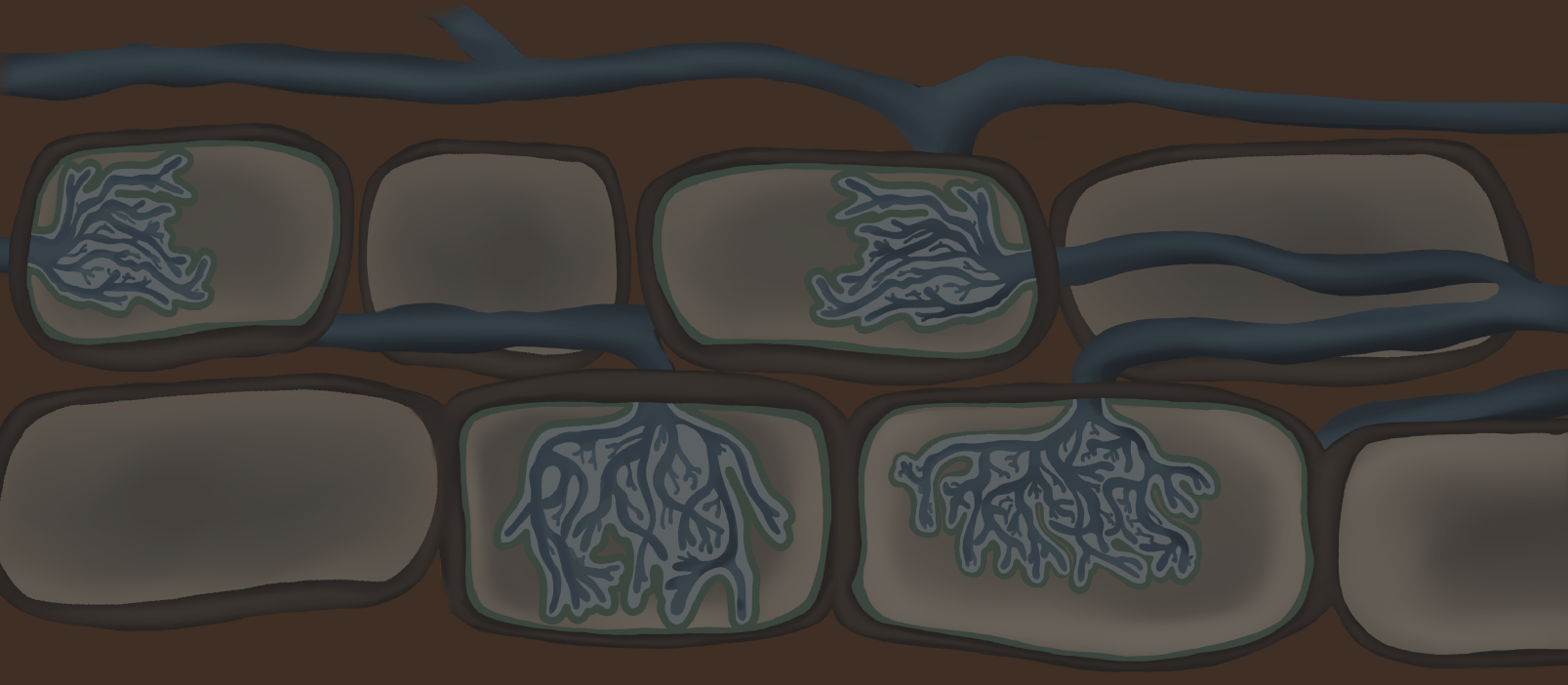
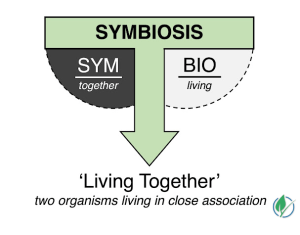
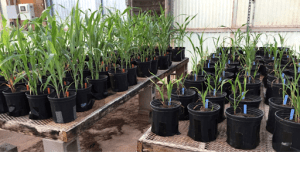

Mycorrhizae are magical. They will be the solution to climate change. Mycorrhizae should be selected or modified to mine for groundwater to be brought to the surface. This would make an incredible living carbon sink. Temperatures would be lowered and erosion decreased.
All fungi have the potential to help us decrease erosion and draw down carbon into longerterm storage in soil. I love them all 🙂
I enjoyed reading this blog and about the cutting-edge research by Dr.Adam and others in this field. As mentioned above, both ecto and endo – mycorrhizal fungi can promote cooperation between plants in complex multi-species ecological networks. Although selective breeding plants to improve mycorrhizal compatibility or responses is an important line of research it is also expensive and time consuming to develop. I would suggest it would be interesting to also look into how AMF respond to being grown in plant polycultures vs monoculture systems. In a polyculture you will always find some plants which are a more suitable host for the AMF than others, but does this imply that the plant community as a whole would benefit when the fungi form mycorrhizal networks between the plants? Also, I think the assumption that the regenerative methods we learn at the Soil Food Web School are compatible with encouraging the biomass and benefits of AM fungi needs to be checked and questioned. It probably is true for the most part but in some cases, not exactly a match made in heaven.
Hi Daniel,
Thanks for sharing your thoughts on the blog. One of my recent research papers did explore poly- versus monoculture systems, using model plant communities. Our results concur with other work, done primarily in grasslands and pastures. However, this is a classical “it depends” situation.
Often, there are relative shifts in plant community proportional biomass, linked to AM symbioses; for example, perhaps, in some situations, a dominant grass species becomes less competitive with a sub-dominant legume, when AM fungi facilitate the nutrition uptake of the legume, so we find similar total forage production, but the resulting forage might more nutritious due to the plant community shift. Again, just an example. That will not be the case in all grasslands, in all climates, in all soils, because there are hundreds of factors. In fact, that trend could work in reverse in some systems.
Generally, we suggested that plant community resource-utilization synergies can be enhanced by AM fungi, but that is, of course, not always going to be the case: https://link.springer.com/article/10.1007/s00572-021-01061-2
I’m excited to see these ideas applied with greater regularity to rowcropping systems!
Regarding your second point, about the claim that what we teach at the school can enhance AM fungal benefits as well. I was primarily referring to specific land management practices and principles we encourage. For example, reductions in tillage and commercial fertilization, which are well known to reduce AM fungal biomass. Regenerative agriculture principles (similar to conservation agriculture) are generally beneficial to the functioning of AM symbioses: http://edn.link/27x9yc
Great post! Thanks for incorporating all the key known facts about mycorrhizal fungi in a short and easy to read text. Appreciate the references!